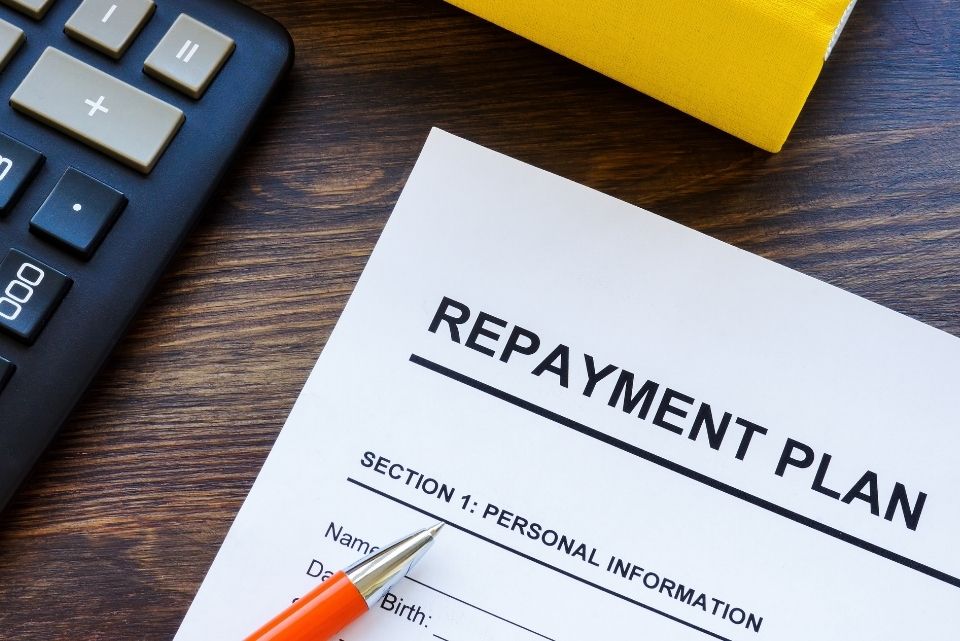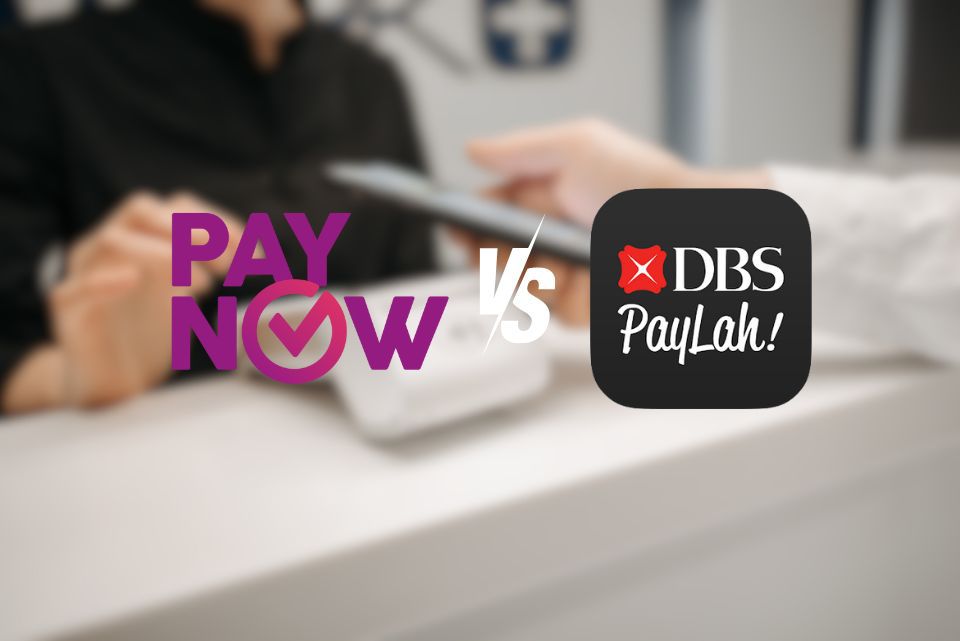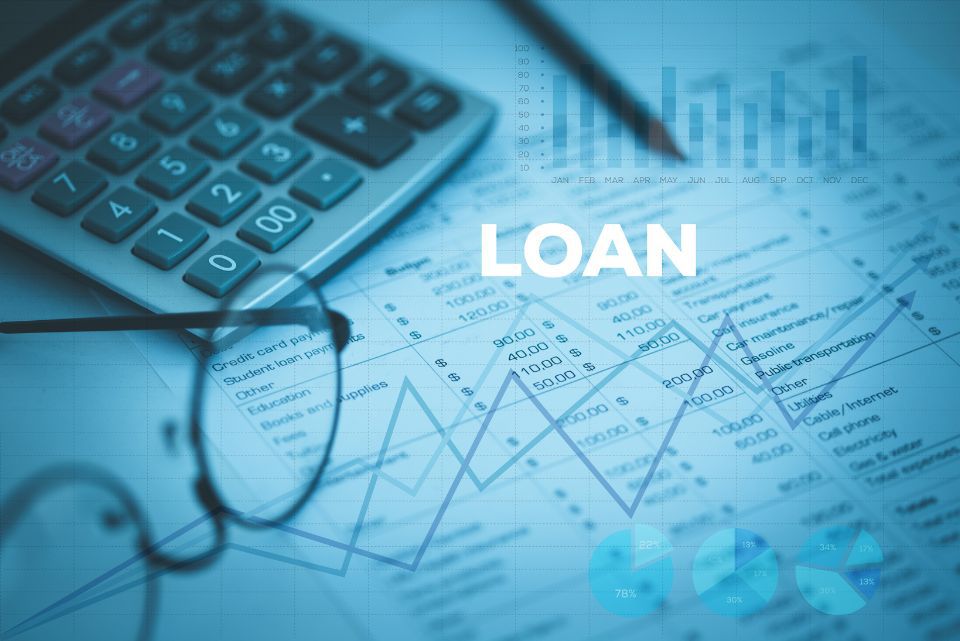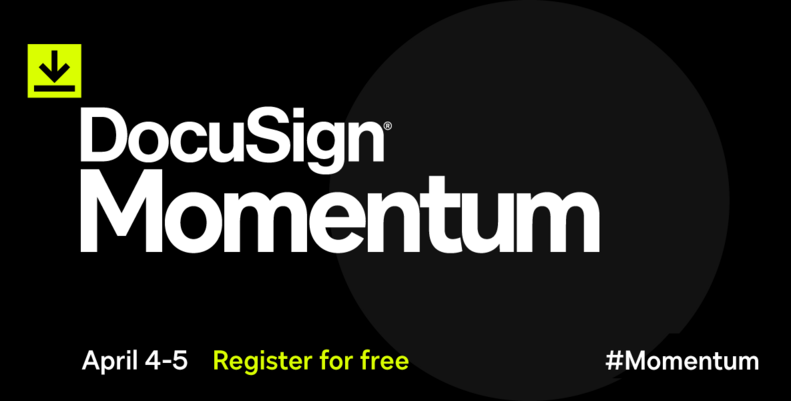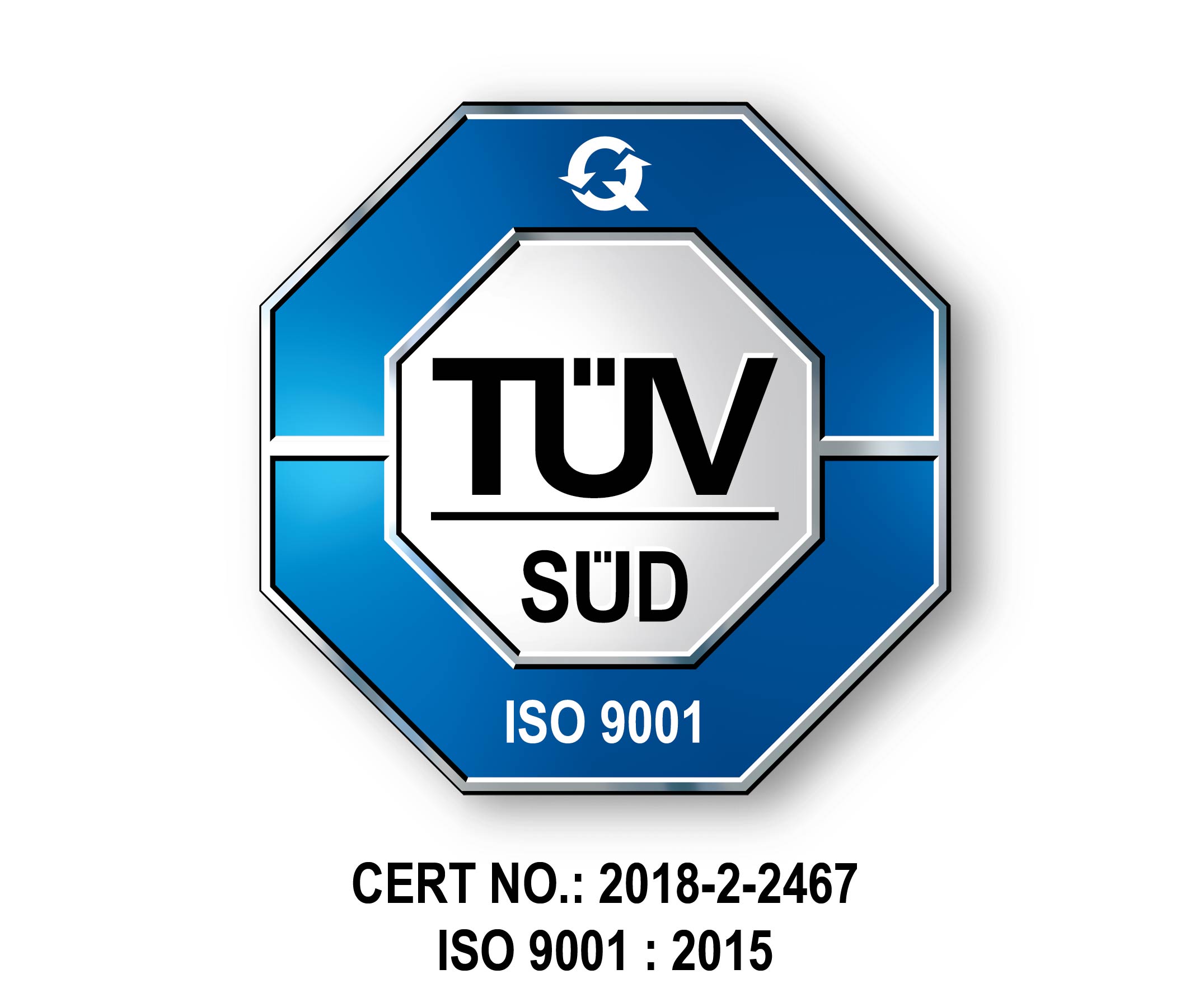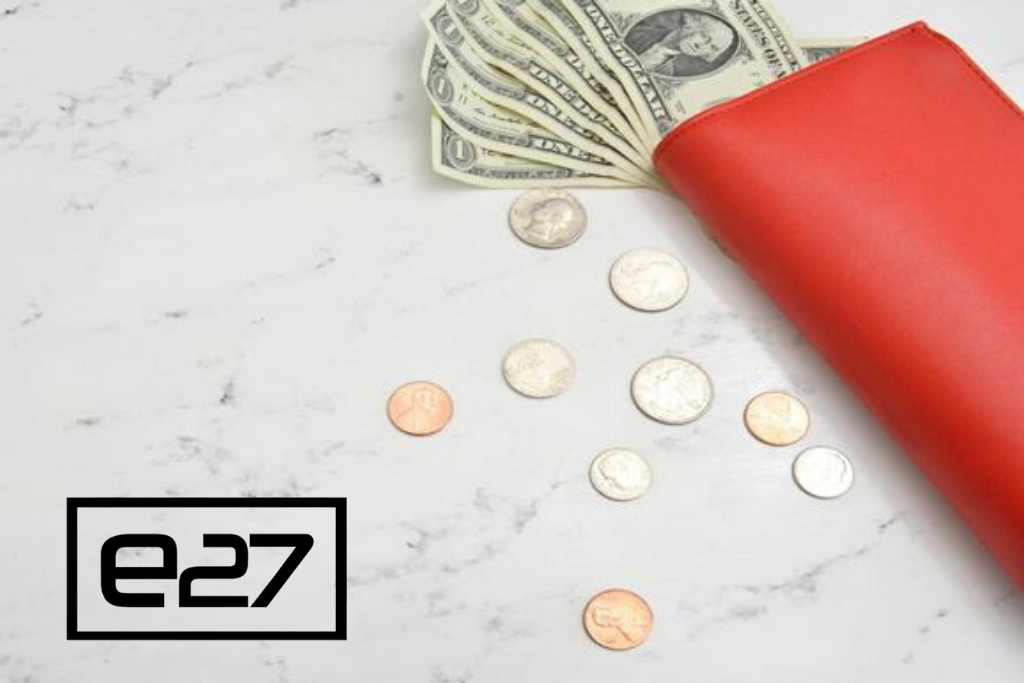
Getting a loan? Don’t forget to think about the payback time – this one is very important! You want to pick a loan with a repayment period that works for you. Make sure you’re able to pay it back without stressing yourself out financially. This article will tell you about loan tenure, how it affects your loan cost, and how to find the best one for you.
Knowing how long you’ll be paying back the loan helps you plan your other expenses, so you won’t end up in trouble. Choosing the right loan term is a big deal. It can make the difference between struggling and paying it off with no problems.
Is it better to have a short-term loan with higher interest and finish faster? Or longer loans with smaller repayments, but end up paying more interest in the long run? It all depends on your financial situation.
What Is Loan Tenure?
Loan tenure is basically about how long you need to take to pay back the loan plus interest. In other words, it’s how long you’ll be paying the bank or a lender.
Different banks and money lenders can have different tenures, from one month to 30 years. The lender will look at your situation and then decide the best tenure for you.
Other things to know about loans:
- EMI (Equated Monthly Instalment): This is the fixed amount you pay back to the bank every month until your loan is fully cleared.
- Interest Rate: This is the extra money the bank charges you for lending you the money.
- Loan Principal: The original amount of money you borrowed from the bank.
Some loans have a fixed tenure, so you know exactly how long you’ll be paying. Others are a bit more flexible, so the repayment period is just an estimate. Usually, things like home loans will have a longer tenure compared to other loans.
So, What Decides How Long Your Loan Will Be?
When it’s time to secure a personal loan in Singapore, lenders, including banks and financial institutions, assess various factors to decide on the appropriate tenure for your loan:
Age
Banks or lenders will check how old you are before they lend you money. If you’re young, in your 20s or 30s, you have a long working life ahead of you, so you can take those longer loans, maybe 20 years or even 25.
But if you’re in your 50s and getting closer to retirement, things get a bit trickier. Banks might not be so keen to give you super-long tenures and might see it as risky.
Income and Expenses
How much you earn and how much you spend will determine if you can handle the EMI for your loan. A longer loan means a smaller EMI, and vice versa. Before you sign anything, be realistic about how much you can actually afford to pay back every month.
Interest Rates
Your EMI is part of your monthly expenses, so make sure you can handle it without a headache. Plus, interest rates can change during the loan period, meaning your EMI might go up! Don’t max out your budget; leave some space just in case.
Type and Purpose of the Loan
The nature of your loan and its intended use also dictate the maximum tenure available. Short-term financial needs, such as those covered by payday loans, usually carry shorter tenures of a few months. In contrast, substantial borrowings for purposes like private property purchases or home renovations can extend up to 30 years.
Loan Amount
The principle is straightforward. Larger loans typically come with longer tenures. This arrangement makes it feasible to repay substantial amounts without straining your monthly budget, preventing potential financial strain.
Calculating EMIs
Equated Monthly Instalments (EMIs) are the regular payments you make to pay down a loan. They include both the principal amount you borrowed and the interest charged on it. There are two primary ways to figure out your EMI:
1. Flat-Rate Method
This method is straightforward: Take your loan amount, add the total interest (loan amount x interest rate x loan term in years), and then divide that sum by the total number of months in your repayment period.
Example: If you borrow S$500,000 at 3.50% interest for 10 years, your flat-rate EMI would be S$5,625 per month.
2. Reducing-Balance Method
This method has a more complex formula: (P x I) x ((1 + r)n)/ (t x ((1 + r)n)- 1). Let’s break it down:
- P = Principal loan amount
- I = Annual interest rate
- r = Monthly interest rate (annual rate divided by 12)
- n = Number of monthly payments
- t = Number of months per year (12)
EMI Calculators: Your Easy Solution
If the Math feels overwhelming, don’t worry! Online EMI calculators do the heavy lifting for you. These tools let you play around with the loan amount and repayment period to find an EMI that fits your budget.
Why Knowing Your EMI Matters
By understanding your EMI, you can accurately plan your monthly finances and know exactly how long it will take to become debt-free.
Discover also about why you should use a personal loan calculator in Singapore.
The Effect of Loan Tenure on Your Monthly Instalments
How long you will repay your loan will determine your monthly payments. Think of it this way:
- Longer loans typically have smaller monthly payments but more interest paid overall. So maybe it feels less stressful in the short term, but in the long run, you end up paying the bank more.
- Shorter loans have bigger monthly payments but less interest overall. It might be a bit tougher each month, but you’ll clear the debt faster and save on interest.
So, you need to think about a few things: How much do you earn? Got other debts to pay as well? What about other expenses you pay every month? All these things affect whether you can handle the loan payment.
How To Choose An Ideal Loan Tenure?
Choosing the right loan period is a big deal. It can mean the difference between clearing that debt easily and stressing yourself out for years.
Here’s how to make a smart decision:
Budget like a pro.
Don’t just estimate your expenses. Sit down and seriously list out everything you spend money on each month. Rent, food, transport, monthly subscriptions, and other expenses. Compare this to your income and see how much you have left after paying your monthly bills.
This tells you whether you can afford a loan in the first place and how much of a monthly payment you can handle without going broke.
Check your financial health.
Think about your future finances. Got a big bonus coming up or an increase in your salary? These things can help you pay off a loan faster.
On the other hand, if you’re expecting major expenses soon (buying a house, having a baby), maybe a longer tenure with smaller payments is a safer bet.
Discover the hidden cost of loans.
A longer loan means smaller monthly payments, but that also means you’ll be paying interest to the bank for a longer time. This adds up!
Always check the total interest you’ll pay over the whole loan, not just the EMI. Also, find out if the interest rate is fixed or if it can change; that can make a big difference.
The Bottom Line
Loan tenure might seem confusing, but it’s vital to get it right. Choosing a loan period that you can manage will save you a lot of stress and money in the end.
Always remember that a longer loan means a smaller monthly payment, but you end up paying the bank more overall. A shorter loan means a bigger payment, but hey, you clear the debt faster and save more interest, right?
Before you sign anything, do your homework. Calculate your EMI, check your budget, and don’t forget to compare different lenders to see who gives you the best deal.
Remember, a bit of planning now can make a big difference to your wallet in the future. Take your time, and don’t rush the decision—choose the loan tenure that works best for you!
Get the right personal loan for you. Crawfort’s experts are here to help. Apply now!





























